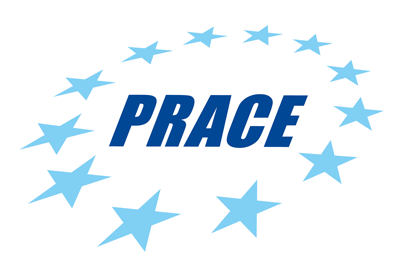[ONLINE] Node-Level Performance Engineering @ LRZ
Date: 2 - 4 December 2020
This online course covers performance engineering approaches on the compute node level. Even application developers who are fluent in OpenMP and MPI often lack a good grasp of how much performance could at best be achieved by their code.
This is because parallelism takes us only half the way to good performance.
Even worse, slow serial code tends to scale very well, hiding the fact that resources are wasted. This course conveys the required knowledge to develop a thorough understanding of the interactions between software and hardware. This process must start at the core, socket, and node level, where the code gets executed that does the actual computational work. We introduce the basic architectural features and bottlenecks of modern processors and compute nodes.
Pipelining, SIMD, superscalarity, caches, memory interfaces, ccNUMA, etc., are covered. A cornerstone of node-level performance analysis is the Roofline model, which is introduced in due detail and applied to various examples from computational science. We also show how simple software tools can be used to acquire knowledge about the system, run code in a reproducible way, and validate hypotheses about resource consumption. Finally, once the architectural requirements of a code are understood and correlated with performance measurements, the potential benefit of code changes can often be predicted, replacing hope-for-the-best optimizations by a scientific process.
The course is a PRACE training event.
Introduction
Our approach to performance engineering
Basic architecture of multicore systems: threads, cores, caches, sockets, memory
The important role of system topology
Tools: topology & affinity in multicore environments
Overview
likwid-topology and likwid-pin
Microbenchmarking for architectural exploration
Properties of data paths in the memory hierarchy
Bottlenecks
OpenMP barrier overhead
Roofline model: basics
Model assumptions and construction
Simple examples
Limitations of the Roofline model
Pattern-based performance engineering
Optimal use of parallel resources
Single Instruction Multiple Data (SIMD)
Cache-coherent Non-Uniform Memory Architecture (ccNUMA)
Simultaneous Multi-Threading (SMT)
Tools: hardware performance counters
Why hardware performance counters?
likwid-perfctr
Validating performance models
Roofline case studies
Dense matrix-vector multiplication
Sparse matrix-vector multiplication
Jacobi (stencil) smoother
Optional: The ECM performance model
Event types:
- Workshops and courses
Activity log

